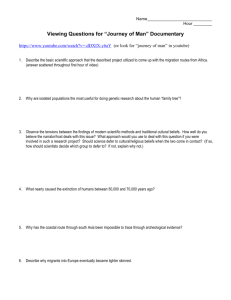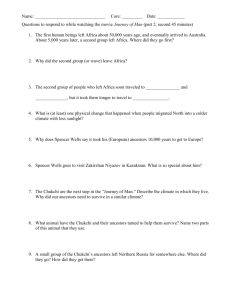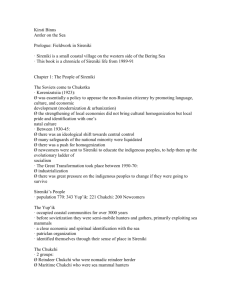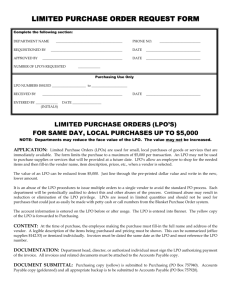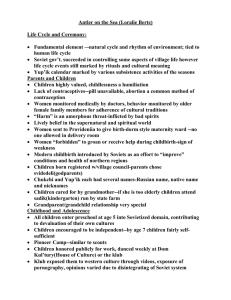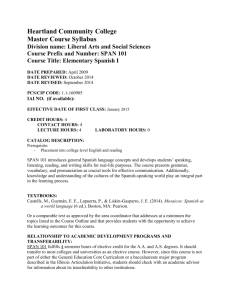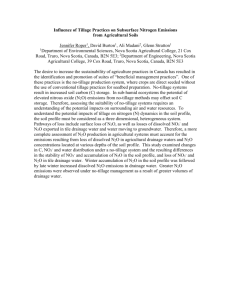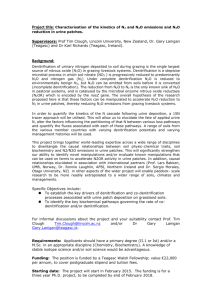10489_Zhang-ed_S6_noeditsneeded
advertisement
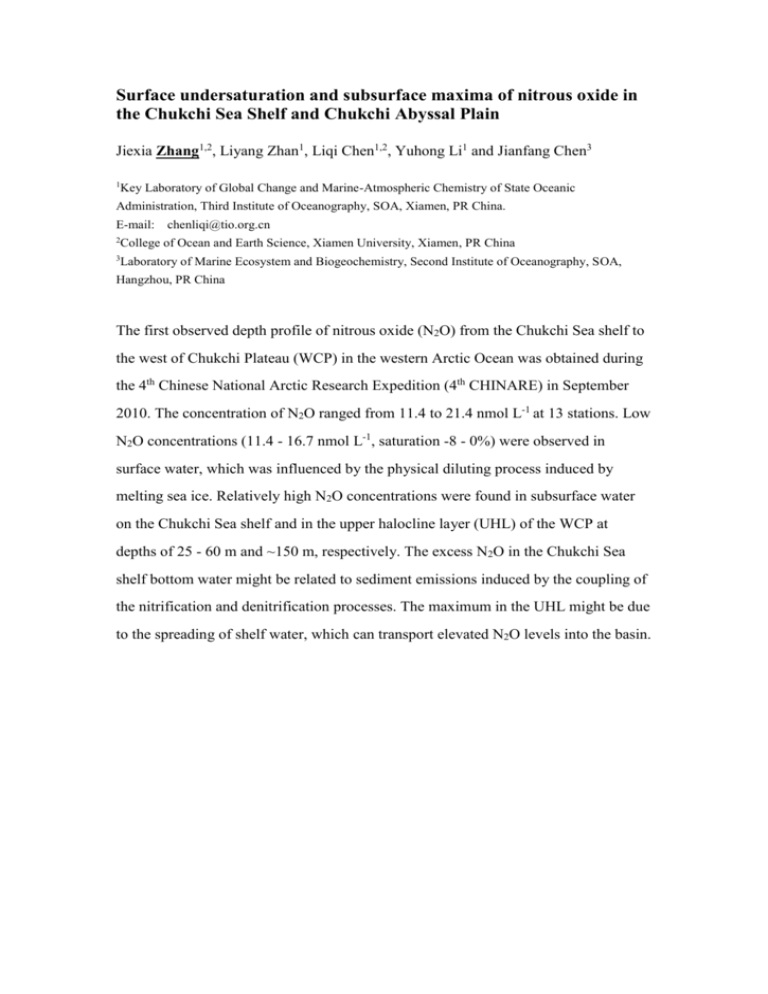
Surface undersaturation and subsurface maxima of nitrous oxide in the Chukchi Sea Shelf and Chukchi Abyssal Plain Jiexia Zhang1,2, Liyang Zhan1, Liqi Chen1,2, Yuhong Li1 and Jianfang Chen3 1 Key Laboratory of Global Change and Marine-Atmospheric Chemistry of State Oceanic Administration, Third Institute of Oceanography, SOA, Xiamen, PR China. E-mail: chenliqi@tio.org.cn 2 College of Ocean and Earth Science, Xiamen University, Xiamen, PR China 3 Laboratory of Marine Ecosystem and Biogeochemistry, Second Institute of Oceanography, SOA, Hangzhou, PR China The first observed depth profile of nitrous oxide (N2O) from the Chukchi Sea shelf to the west of Chukchi Plateau (WCP) in the western Arctic Ocean was obtained during the 4th Chinese National Arctic Research Expedition (4th CHINARE) in September 2010. The concentration of N2O ranged from 11.4 to 21.4 nmol L-1 at 13 stations. Low N2O concentrations (11.4 - 16.7 nmol L-1, saturation -8 - 0%) were observed in surface water, which was influenced by the physical diluting process induced by melting sea ice. Relatively high N2O concentrations were found in subsurface water on the Chukchi Sea shelf and in the upper halocline layer (UHL) of the WCP at depths of 25 - 60 m and ~150 m, respectively. The excess N2O in the Chukchi Sea shelf bottom water might be related to sediment emissions induced by the coupling of the nitrification and denitrification processes. The maximum in the UHL might be due to the spreading of shelf water, which can transport elevated N2O levels into the basin.
